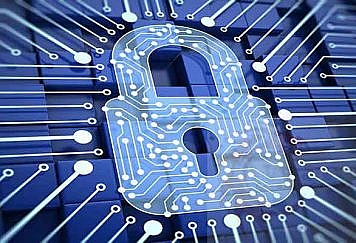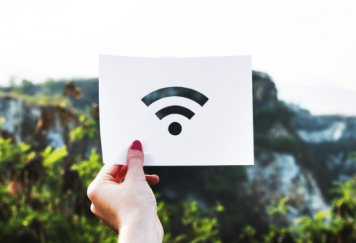Proximity cards, also known as RFID (Radio-Frequency Identification) cards, have quietly revolutionized how we secure our properties. In this blog, we’ll delve into the world of proximity cards, their history, and their significant role in modern security.
A Brief Introduction to Proximity Cards
Proximity cards are contactless smart cards designed to provide access to secured areas when placed near a card reader. Unlike traditional keys or magnetic stripe cards, proximity cards operate on a radio frequency basis, making them convenient and secure.
The Evolution of Proximity Cards
The concept of using radio frequencies for access control dates back to the early 20th century, but proximity cards as we know them today began to take shape in the 1970s. Initially used for tracking livestock, they quickly found applications in security.
In the 1980s, proximity cards were introduced in access control systems. These cards could be easily waved in front of a reader, allowing authorized individuals to enter secure areas without the need for traditional keys. This marked a significant shift in security practices.
How Proximity Cards Work
Proximity cards operate based on a simple principle. Each card contains an embedded RFID chip storing a unique identifier. When the card is brought close to a card reader, the reader emits a low-frequency radio signal. The card’s chip is powered by this signal and sends the stored identifier to the reader. Access is granted if the identifier matches an authorized user in the system.
This process is fast and secure, as the unique identifier makes it challenging for unauthorized individuals to duplicate the card.
The Advantages of Proximity Cards
Proximity cards offer several advantages over traditional access control methods:
1. Convenience:
Proximity cards are small and easy to carry, eliminating the need for physical keys or complex PINs.
2. Enhanced Security:
With unique identifiers and encryption, proximity cards are inherently secure and resistant to duplication.
3. Audit Trails:
Modern access control systems with proximity cards can record entry and exit times, aiding in security monitoring and audits.
4. Integration:
Proximity card systems can be integrated with other security measures, such as CCTV cameras and alarm systems, for a comprehensive security solution.
Beyond Physical Access Control
Proximity cards find applications in various fields beyond physical access control:
1. Time and Attendance:
Proximity cards accurately track employee attendance, helping businesses manage work hours effectively.
2. Cashless Payments:
Proximity cards enable secure cashless transactions, reducing the need for physical currency.
3. Data Center Security:
In high-security environments like data centers, proximity cards play a vital role in ensuring only authorized personnel can access sensitive information.
The Role of Avon Security Products
Avon Security Products, a Canadian-based company with a two-decade track record, has played a crucial role in the evolution of proximity card technology.
Quality and Innovation:
Avon Security Products is committed to quality and innovation, consistently pushing the boundaries of proximity card technology.
A Comprehensive Range of Solutions:
The company offers a wide array of proximity cards, card readers, and access control systems tailored to meet the specific needs of clients, from small businesses to large enterprises.
Commitment to Security:
Avon Security Products places security at the forefront of its mission, providing customized security solutions that meet clients’ specific requirements.
The Future of Proximity Cards
As technology advances, proximity cards continue to evolve, with features like biometric integration, increased encryption, and improved flexibility in managing access control systems.
Proximity cards may not be flashy, but they are the silent heroes of modern security, transforming how we protect our assets and seamlessly integrating into various aspects of our daily lives.
The next time you use your proximity card to enter a secure area, take a moment to appreciate the innovation and convenience it brings to your daily routine.
Follow Techstrange for more!





